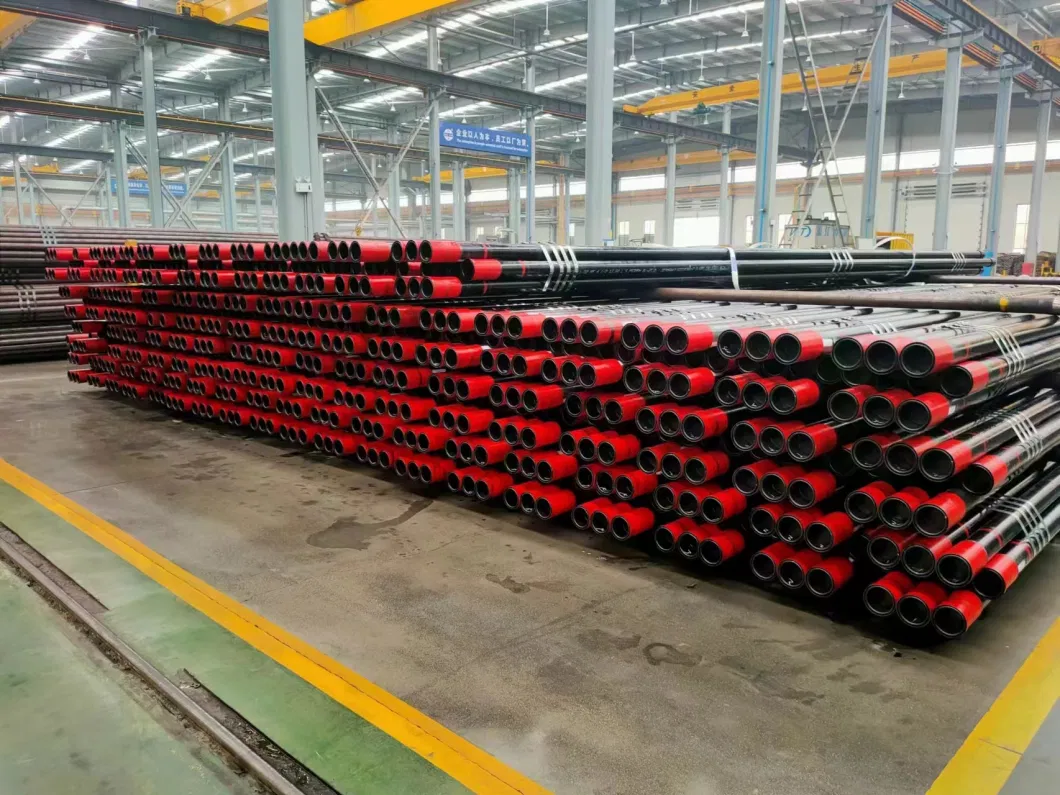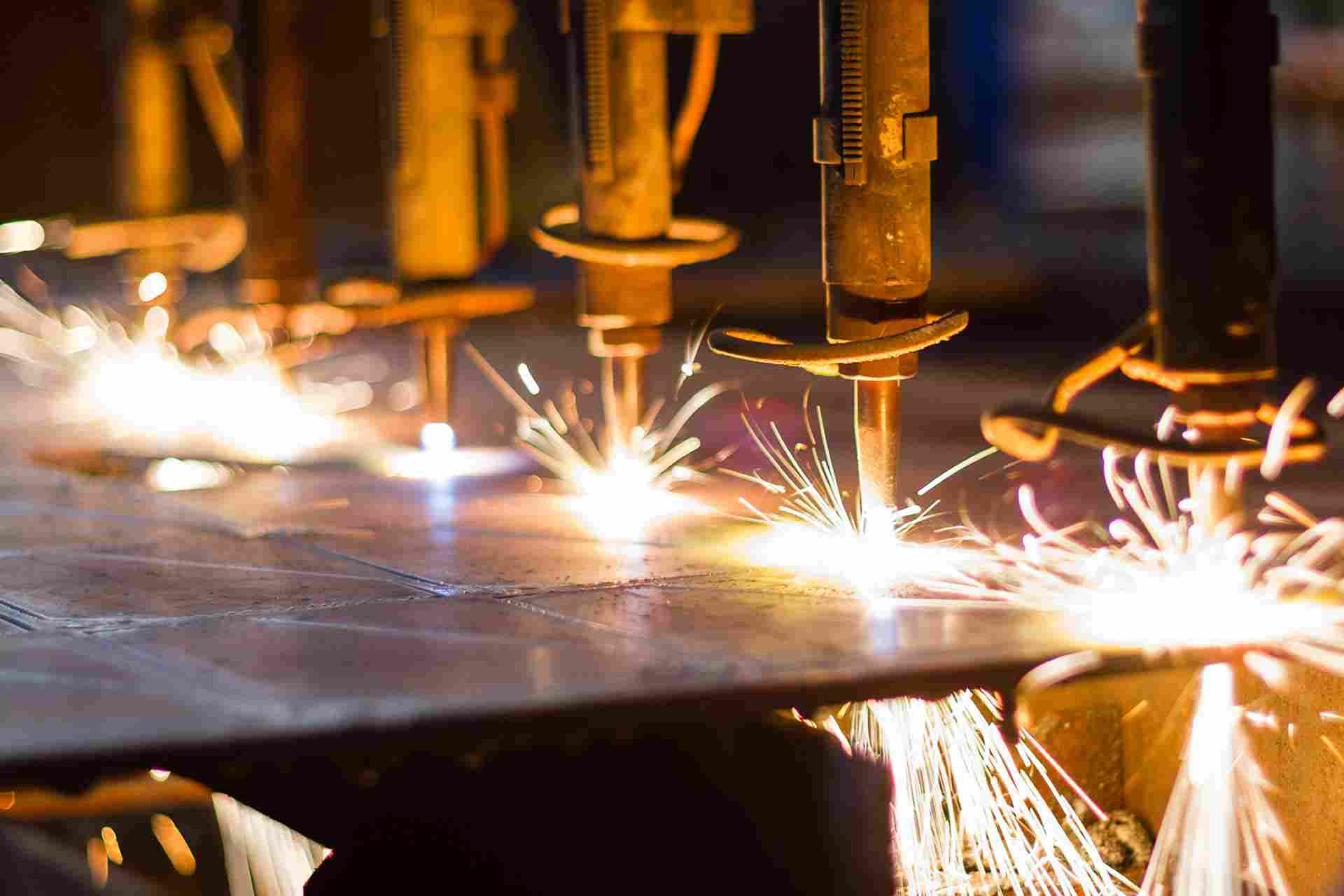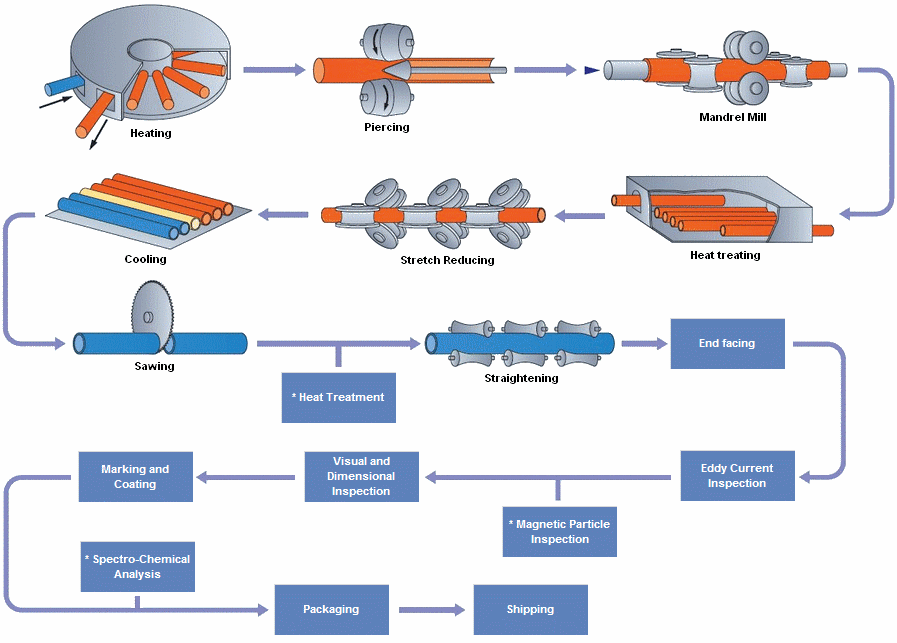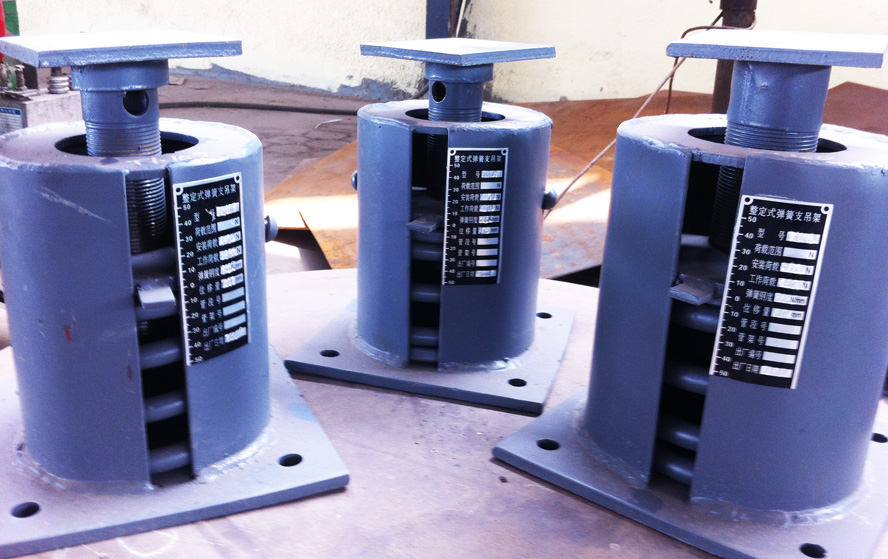Connection technology casing pipe

Connecting casing pipes is a crucial aspect of well construction, ensuring the structural integrity and functionality of the wellbore. The technology and methods used for connecting casing pipes have evolved over time, driven by the need for reliability, efficiency, and safety in challenging environments. Let’s explore the various connection technologies and techniques used in casing pipes.
Threaded Connections
Overview: Threaded connections are the most common method for joining casing pipes. They involve machining threads onto the ends of the pipes, allowing them to be screwed together.
- API Connections: The American Petroleum Institute (API) provides standardized specifications for casing threads, ensuring compatibility and reliability across the industry. Common API connections include:
- STC (Short Thread Coupled): Features short, tapered threads and is used in less demanding applications.
- LTC (Long Thread Coupled): Has longer threads for better sealing and strength, suitable for deeper wells.
- BTC (Buttress Thread Coupled): Offers high tensile strength and is often used in high-pressure environments.
- Premium Connections: In addition to API standards, many manufacturers offer proprietary premium connections designed to provide enhanced sealing, strength, and fatigue resistance. These are often used in challenging conditions, such as deepwater or high-temperature wells.
Welded Connections
Overview: Welding is another method for connecting casing pipes, typically used in situations where threaded connections are not feasible or when additional strength is required.
- Butt Welding: The ends of the casing pipes are beveled and welded together, creating a strong, continuous joint. This method requires skilled welders and careful quality control to ensure the integrity of the weld.
- Slip-On Welding: A sleeve or coupling is slipped over the ends of the pipes and welded in place. This method is often used for repairs or when joining pipes of different diameters.
Mechanical Connections
Overview: Mechanical connections use mechanical means, such as clamps or couplings, to join casing pipes. These connections are often used for temporary installations or in situations where welding or threading is not practical.
- Swage Connections: A swage tool is used to expand the end of one pipe, allowing it to fit snugly over the end of another pipe. The connection is then secured with a mechanical clamp or coupling.
- Compression Connections: These involve compressing a coupling around the ends of the pipes, creating a tight seal. Compression connections are often used in applications where quick assembly and disassembly are required.
Advances in Connection Technology
The development of new materials and technologies continues to enhance casing pipe connections, offering improved performance and reliability:
- Advanced Materials: The use of high-strength, corrosion-resistant materials, such as duplex stainless steel and advanced alloys, provides greater durability and longevity in harsh environments.
- Smart Connections: Research into smart materials and sensors integrated into casing connections is ongoing, offering the potential for real-time monitoring of connection integrity and performance.
- Automated Assembly: Automation and robotics are increasingly being used to assemble casing connections, improving precision and reducing the risk of human error.







